Indigenous Governance Database
climate change
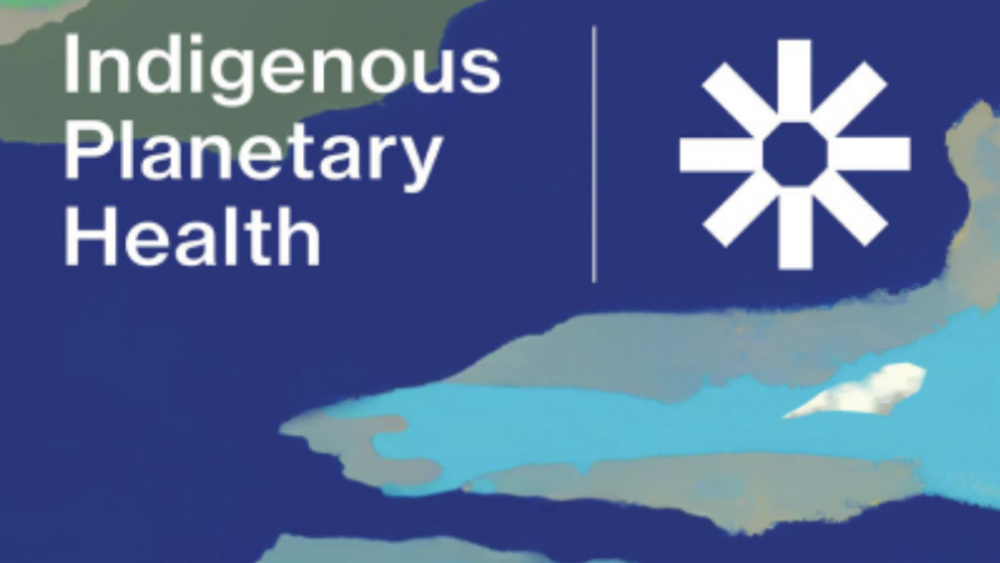
(Re)building Indigenous Governance with Breanne Lavallee-Heckert (Podcast Episode)
In this episode, Heather and, guest host, Carey Newman have a conversation with Métis activist Breanne Lavallee-Heckert. When we spoke with Breanne, she was the Research Director for Indigenous Climate Action, an Indigenous-led organization that works on connecting and supporting Indigenous…
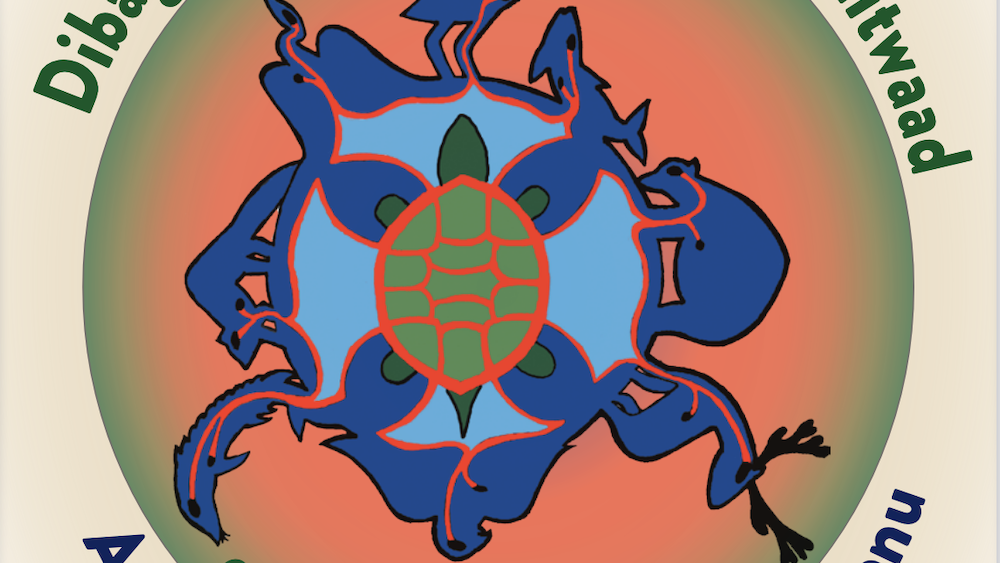
Tribal Climate Adaptation Menu
Climate change has impacted and will continue to impact indigenous peoples, their lifeways and culture, and the natural world upon which they rely, in unpredictable and potentially devastating ways. Many climate adaptation planning tools fail to address the unique needs, values and cultures of…
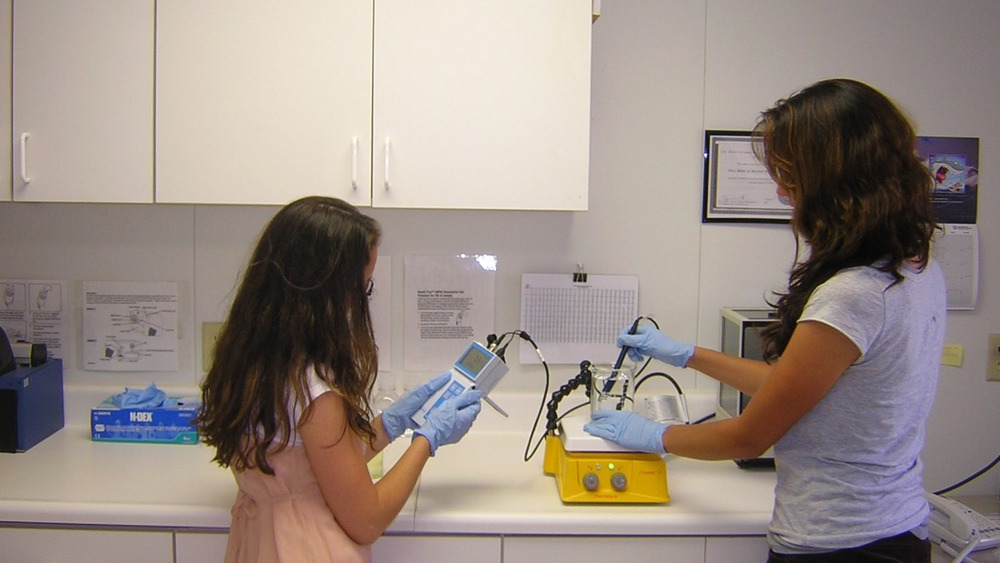
Data Sources to Assess Tribal Climate and Health Impacts
One of the most time consuming and difficult aspects of conducting climate change and health vulnerability assessments is finding data to assess. Before tracking down data, you’ll first need to identify the most meaningful and measurable indicators to help you determine the severity and likelihood…
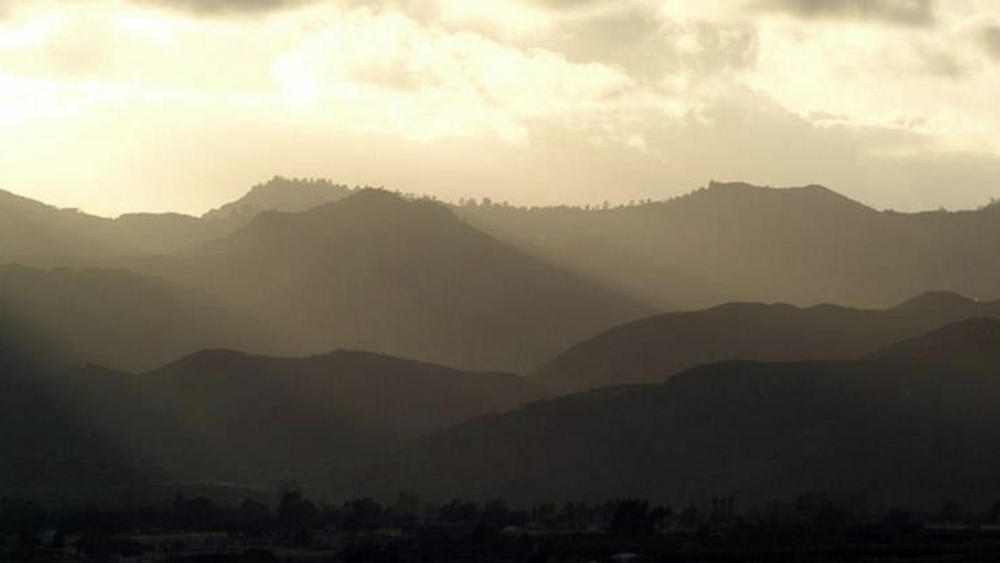
Chemşhúun Pe'ícháachuqeli (When our Hearts are Happy): A Tribal Psychosocial Climate Resilience Framework
Tribes are keenly aware of the interconnection between health, nature, and personal wellbeing. Leading experts in climate change and wellbeing are increasingly encouraging communities to be proactive about protecting and building psychological, social, cultural, and spiritual wellbeing. Often…
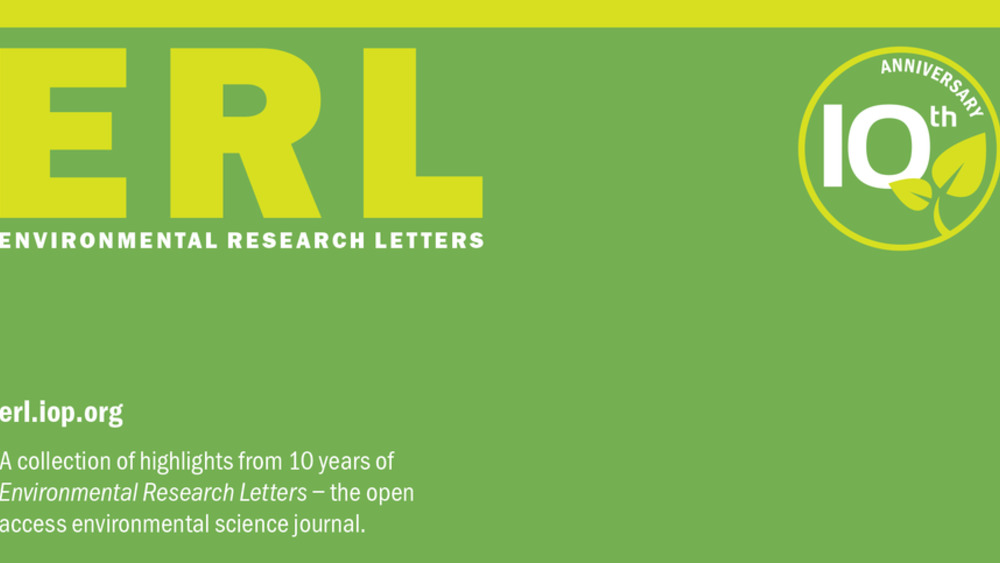
A global assessment of Indigenous community engagement in climate research
For millennia Indigenous communities worldwide have maintained diverse knowledge systems informed through careful observation of dynamics of environmental changes. Although Indigenous communities and their knowledge systems are recognized as critical resources for understanding and adapting to…
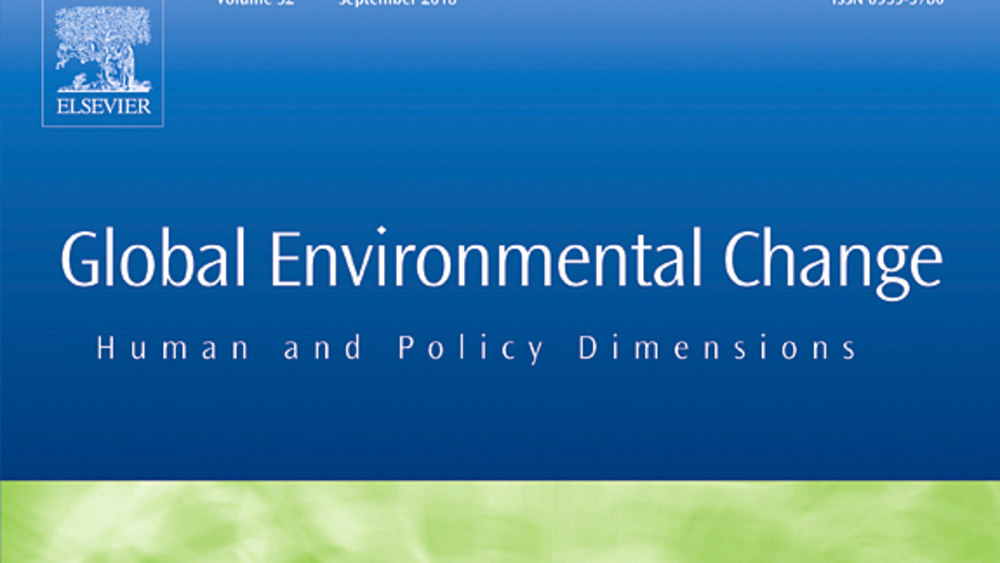
Preparing for the health impacts of climate change in Indigenous communities: The role of community-based adaptation
Climate change presents substantial risks to the health of Indigenous peoples. Research is needed to inform health policy and practice for managing risks, with community based adaptation (CBA) emerging as one approach to conducting research to support such efforts. Few, if any, studies however…
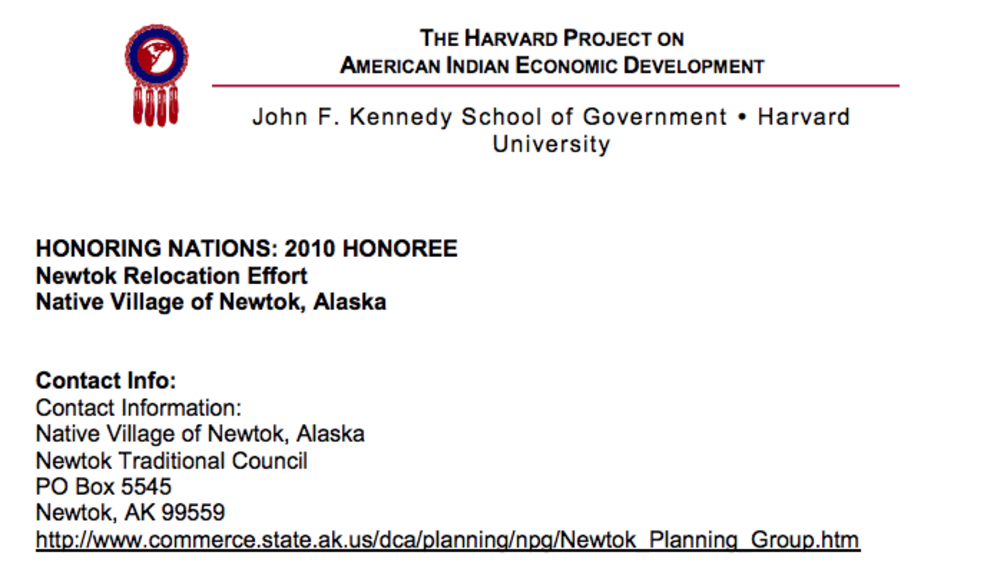
Newtok Relocation Effort
Scientists and politicians spend hours debating the facts of climate change, but in many places damaging changes to the local environment are already a reality. In the past decade, more and more human settlements have been threatened by catastrophic flooding, wildfires, or drought caused by…
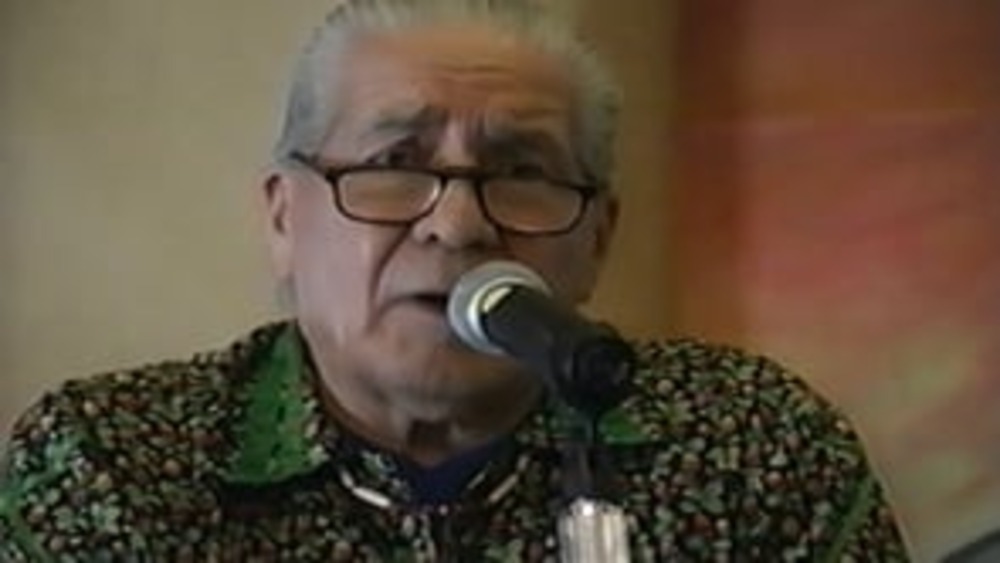
Honoring Nations: Oren Lyons: Governing Our Way to a Brighter Future
Onondaga Chief and Faithkeeper Oren Lyons shares his perspective on why governance matters to the sovereignty and long-term prosperity of Indigenous peoples, and stresses the importance of adhering to the long-taught instructions that have ensured the survival of those peoples to this day.
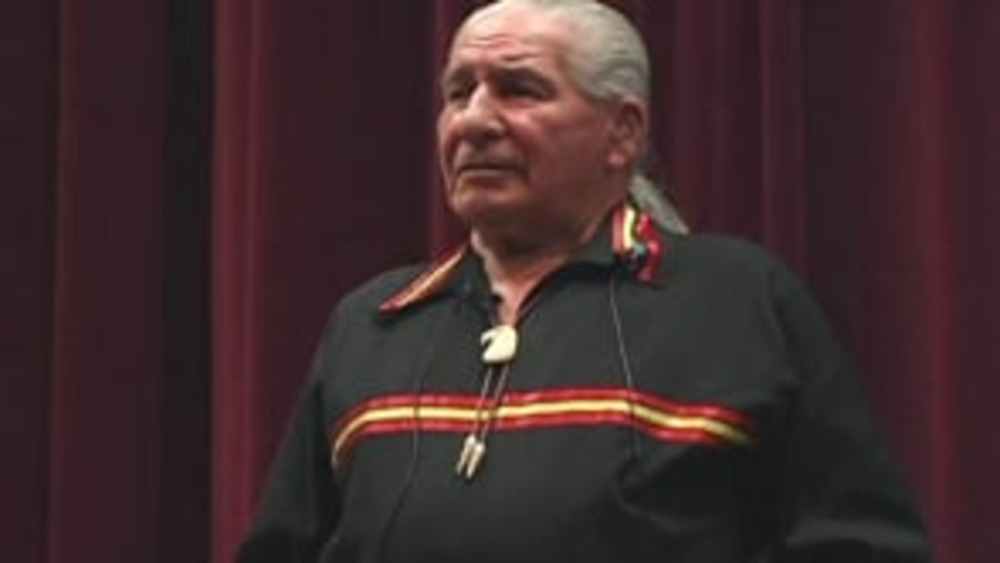
Oren Lyons: Looking Toward the Seventh Generation
Onondaga Chief and Faithkeeper Oren Lyons discusses the increasingly urgent issues of global warming and climate change and points to Indigenous peoples, their core values, and their reciprocal relationships to the natural world as sources of instruction for human beings to heed in order to combat…
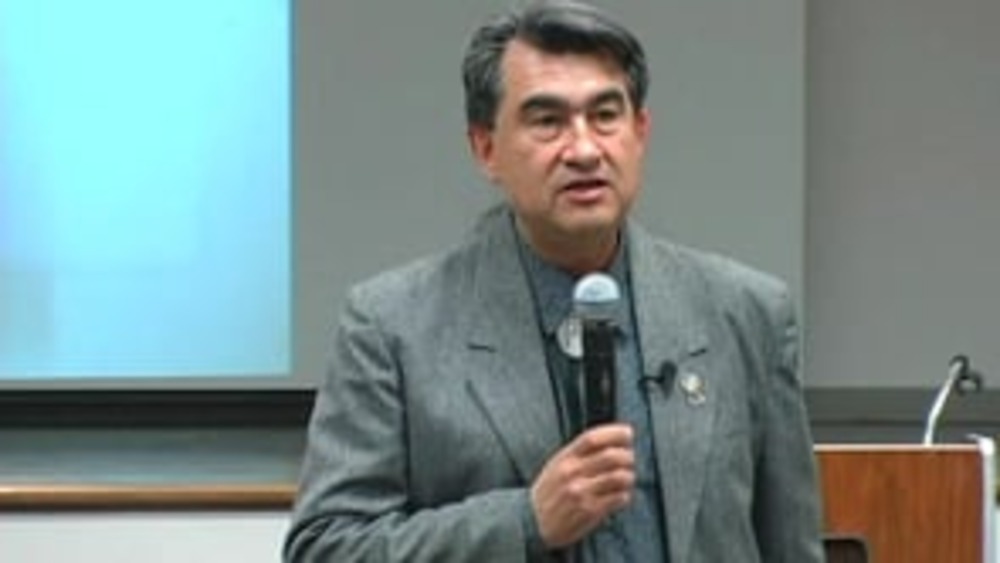
Greg Cajete: Indigenous Paradigm: Building Sustainable Communities
Greg Cajete, Director of Native American Studies at the University of Mexico, shares his more than three decades of work and research on Indigenous epistemologies for human and ecological sustainability, and discusses the need for scholars, academic institutions, and others to fully embrace these…
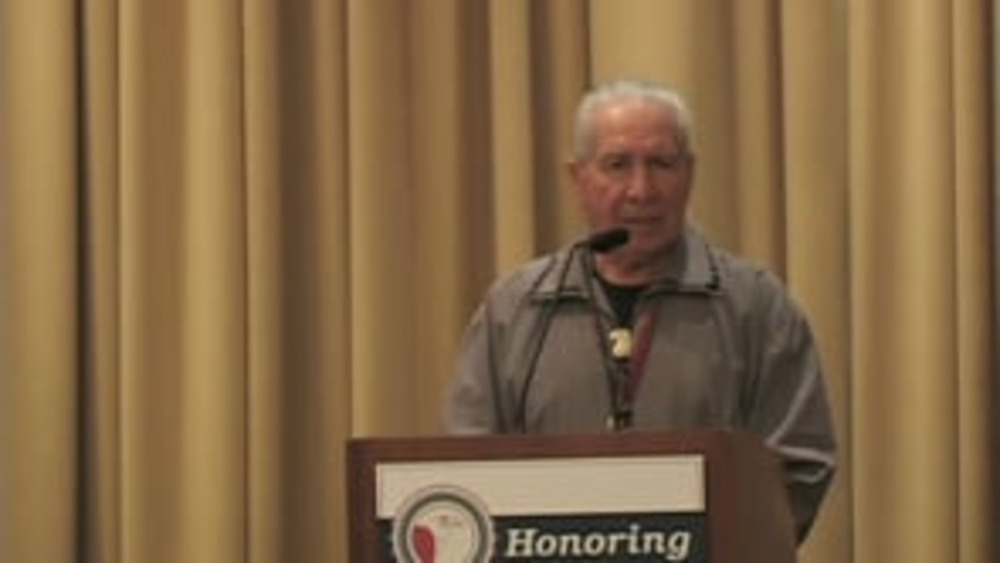
Honoring Nations: Oren Lyons: The Challenges Ahead
Onondaga Chief and Faithkeeper Oren Lyons briefly summarizes the critical, urgent challenges that global warming and resulting climate changes present to Indigenous people and all human beings, and stresses that the principles that traditionally nurtured the relationship between Indigenous peoples…
Honoring Nations: Jon Waterhouse and Rob Rosenfeld: The Yukon River Inter-Tribal Watershed Council
Jon Waterhouse and Rob Rosenfeld provide an overview of the work accomplished by the Yukon River Inter-Tribal Watershed Council, demonstrating the benefits of Native nations who have common cultures and challenges to band together to solve issues of mutual concern.
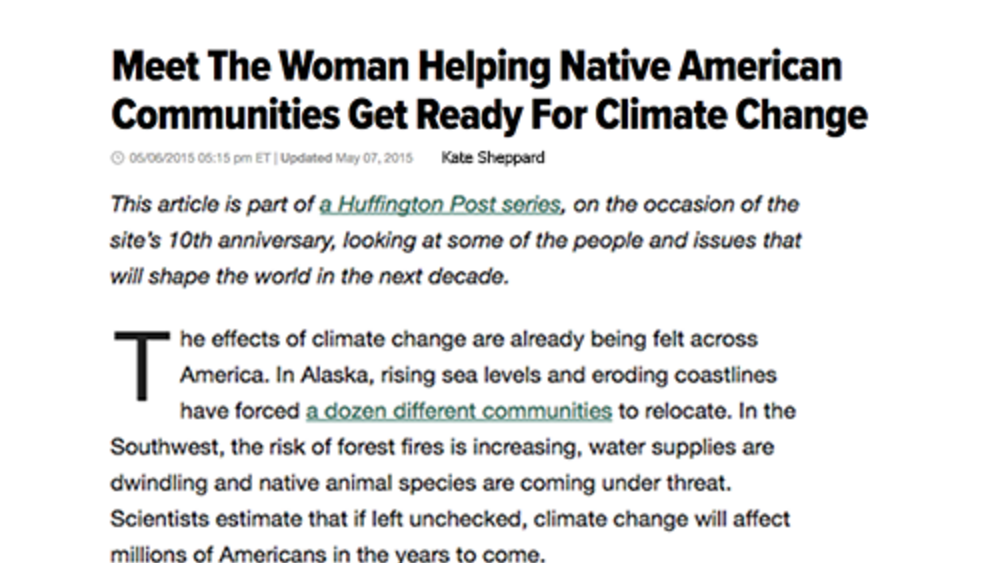
Meet The Woman Helping Native American Communities Get Ready For Climate Change
The effects of climate change are already being felt across America. In Alaska, rising sea levels and eroding coastlines have forced a dozen different communities to relocate. In the Southwest, the risk of forest fires is increasing, water supplies are dwindling and native animal species are coming…

Blue Lake Rancheria's Bold Action on the Climate Front Pays Dividends
Nestled in Northern California’s Mad River Valley between the coastal mountains and the Pacific Ocean, the Blue Lake Rancheria is bordered by great forests and the California Redwood trees. It’s a sacred and hard-won swath of land for the Tribe that calls it home, and preserving it for future…
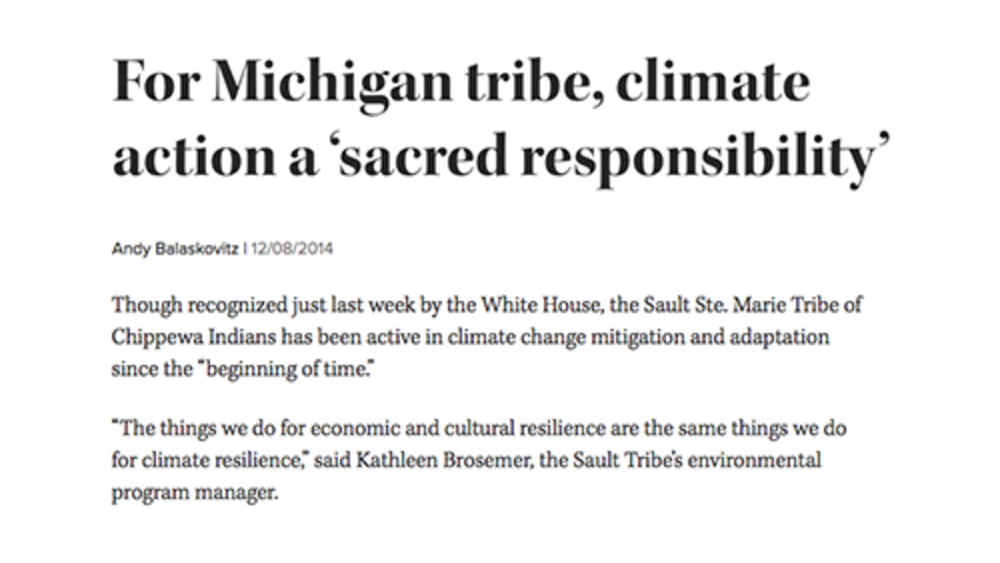
For Michigan tribe, climate action a 'sacred responsibility'
Though recognized just last week by the White House, the Sault Ste. Marie Tribe of Chippewa Indians has been active in climate change mitigation and adaptation since the “beginning of time.” “The things we do for economic and cultural resilience are the same things we do for climate resilience,”…
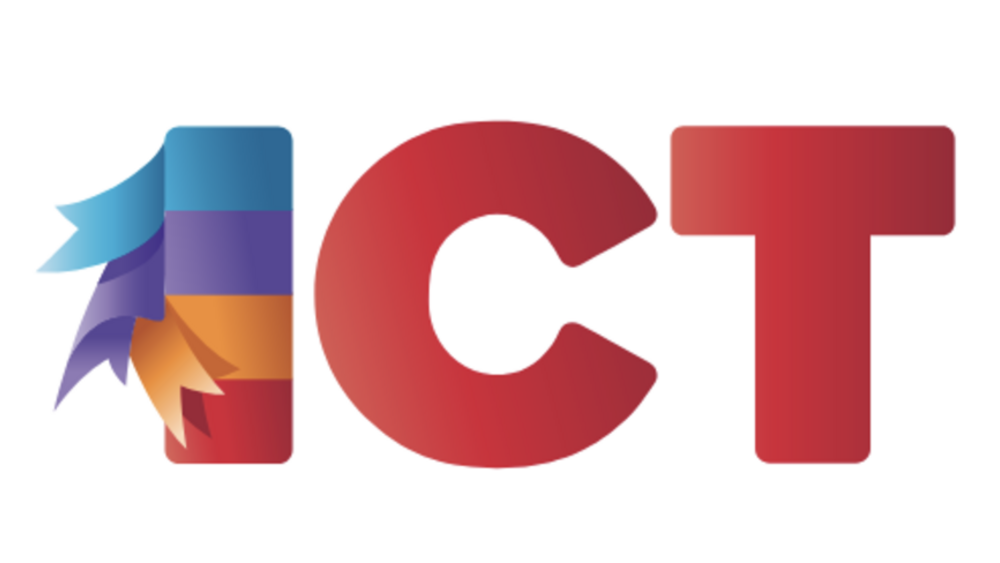
5 More Native American Visionaries in Washington State
As the holidays kick in and people start looking ahead to the coming year, it is only fitting to acknowledge the leaders who will take Indian country into the future. Last month we brought you five Native leaders who are protecting rights, exercising sovereignty, building intercultural bridges and…
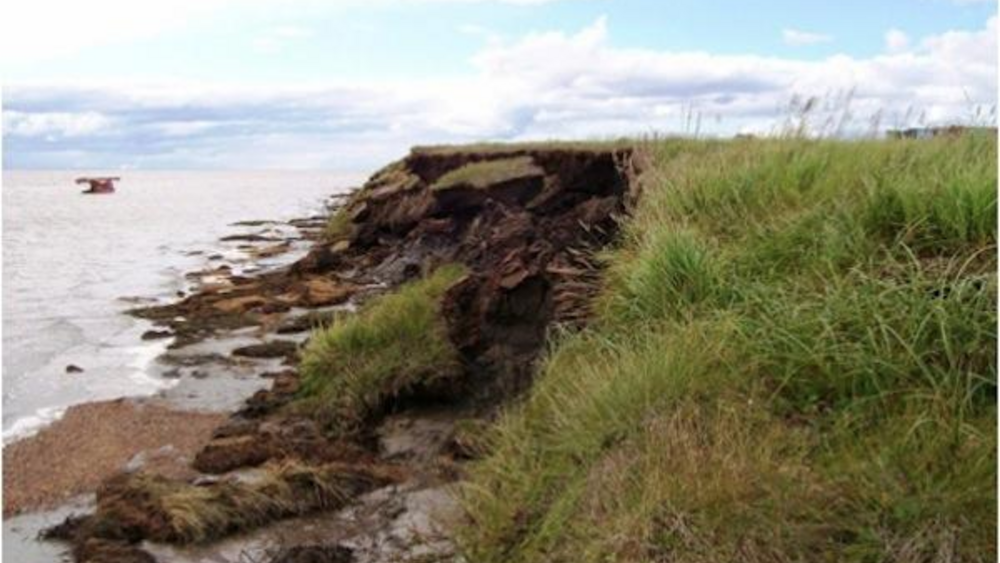
8 Tribes That Are Way Ahead of the Climate-Adaptation Curve
Much has been made of the need to develop climate-change-adaptation plans, especially in light of increasingly alarming findings about how swiftly the environment that sustains life as we know it is deteriorating, and how the changes compound one another to quicken the pace overall. Studies, and…
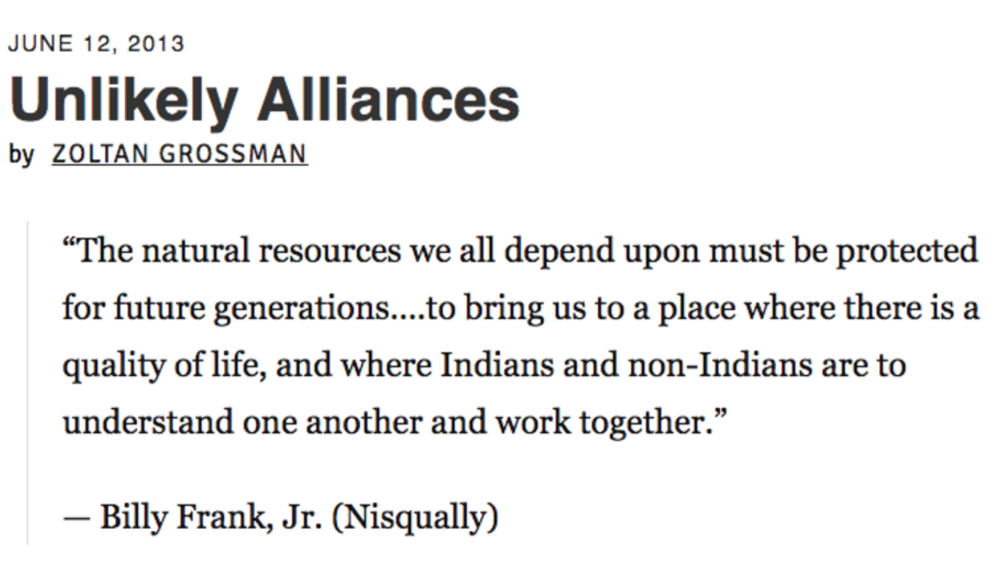
Unlikely Alliances
In the 2010s, new “unlikely alliances” of Native peoples and their rural white neighbors are standing strong against fossil fuel and mining projects. In the Great Plains, grassroots coalitions of Native peoples and white ranchers and farmers (including the aptly named “Cowboy and Indian Alliance”)…
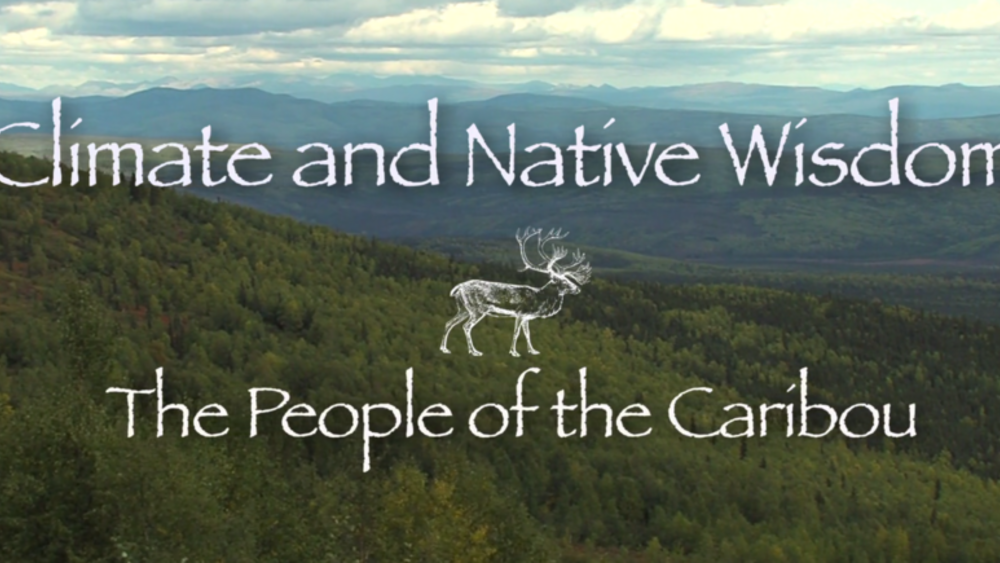
The Cutting Edge: Climate and the People of the Caribou
Wisdom of the Elders, Inc. (Wisdom) is producing a new series of Native American climate documentaries along with our fourth series of Wisdom of the Elders Radio Program. These oral history, cultural arts and climate science series feature the rich voices of more than 40 exemplary Native elders,…
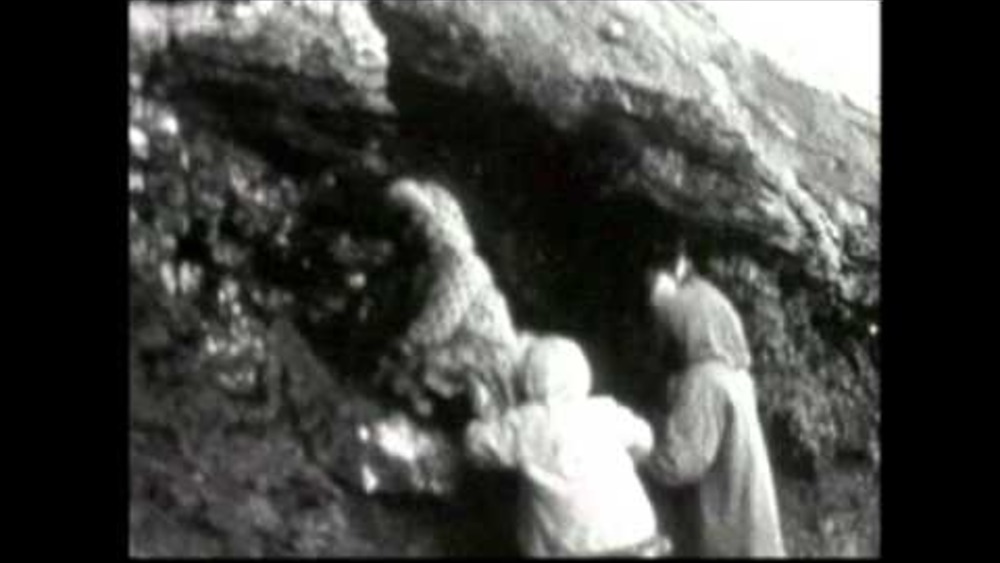
Inuit Observations on Climate Change
This video documents the impacts of climate change from an Inuvialuit perspective. On Banks Island in Canada's High Arctic, the residents of Sachs Harbour have witnessed dramatic changes to their landscape and their way of life. Exotic insects, fish and birds have arrived; the sea ice is thnner and…
